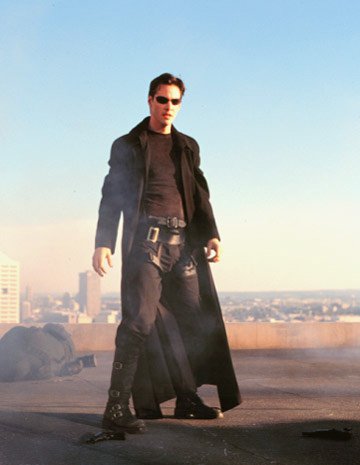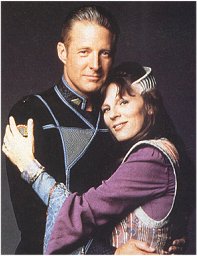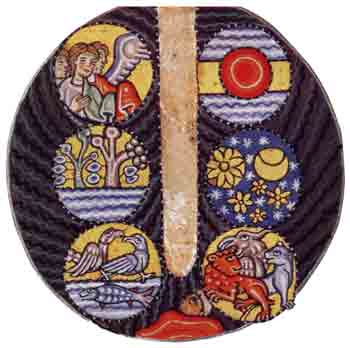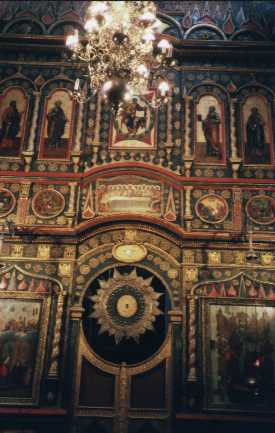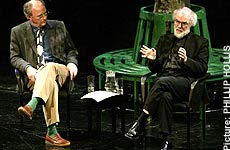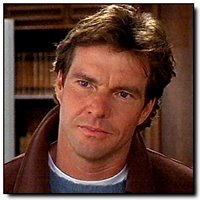Thunderheart

- Kilmer
A friend of mine, Jess, just got back from a vacation visiting the Wind River Indian Reservation in WY, and that reminded meof yet another ... yes ... movie.
Thunderheart, a 1992 film starring Val kilmer and Graham Greene. Kilmer plays a young FBI agent sent to investigate a murder on an Indian reservation in South Dakota. Roger Ebert had this to say about the movie ...

- Greene
In "Thunderheart," he (Kilmer) plays agent Ray Levoi, who is at first undemonstrative and even rigid in his dealings with the locals. He's like one of those cops who is blind to the human situation because he's preoccupied with running the rule book through his mind. He's assigned to the case on the reservation on the unconvincing grounds that he is one-fourth Indian. His first contact is the Native American lawman, played by Graham Greene ( Oscar-nominated last year for his work in "Dances with Wolves"). Soon he encounters agent Frank Coutelle, played by Sam Shepard as a laconic cynic .... The movie was directed by Michael Apted and written by John Rusco, who base their story on actual events in the Dakota reservations in the early 1970s when a militant group named American Indian Movement defied the FBI. This fictionalized version of the encounter involves a conspiracy to steal lands from the Indians, and the mechanics of the murder mystery and investigation are well worked out and involving.
- read the whole review
One of the interesting things about the movie is that it's based on real life events that took plac on the Pine Ridge Indian Reservation in the early 70s.
Starting on February 27, 1973, the reservation was the site of the Wounded Knee Incident, a 71-day stand-off between entrenched American Indian Movement (AIM) activists and FBI agents and the National Guard. Some 200 activists occupied the site of the 1890 Wounded Knee massacre in protest of poor conditions on the reservations. In the months after the stand-off ended peacefully, a number of murders of those opposed to the tribal government installed by the Bureau of Indian Affairs took place, many of which were never solved. On June 26, 1975, the reservation was the site of an armed confrontation between AIM activists and the US Federal Bureau of Investigation in an event which became known as the Pine Ridge Shootout (Wounded Knee Incident). It resulted the death of two FBI agents and the controversial extradition, trial, and conviction of the AIM member Leonard Peltier.
- Wikipedia
Ebert ends his review with this note ...
This sense of place helps the movie with its weakest story element, the supposition that because the Kilmer character is a quarter Indian, he will somehow summon up his roots to help him decide between good and evil. An FBI agent at the time this film was shot would probably have had little difficulty in choosing between his roots and the rule book, and the rules would have won ...
Perhaps the movie trys to achieve something, through Kilmer's character, that we can see, given the Wounded Knee Incident, is sadly harder to realize in real life ... a peaceful coexistance between two disparate heritages.





